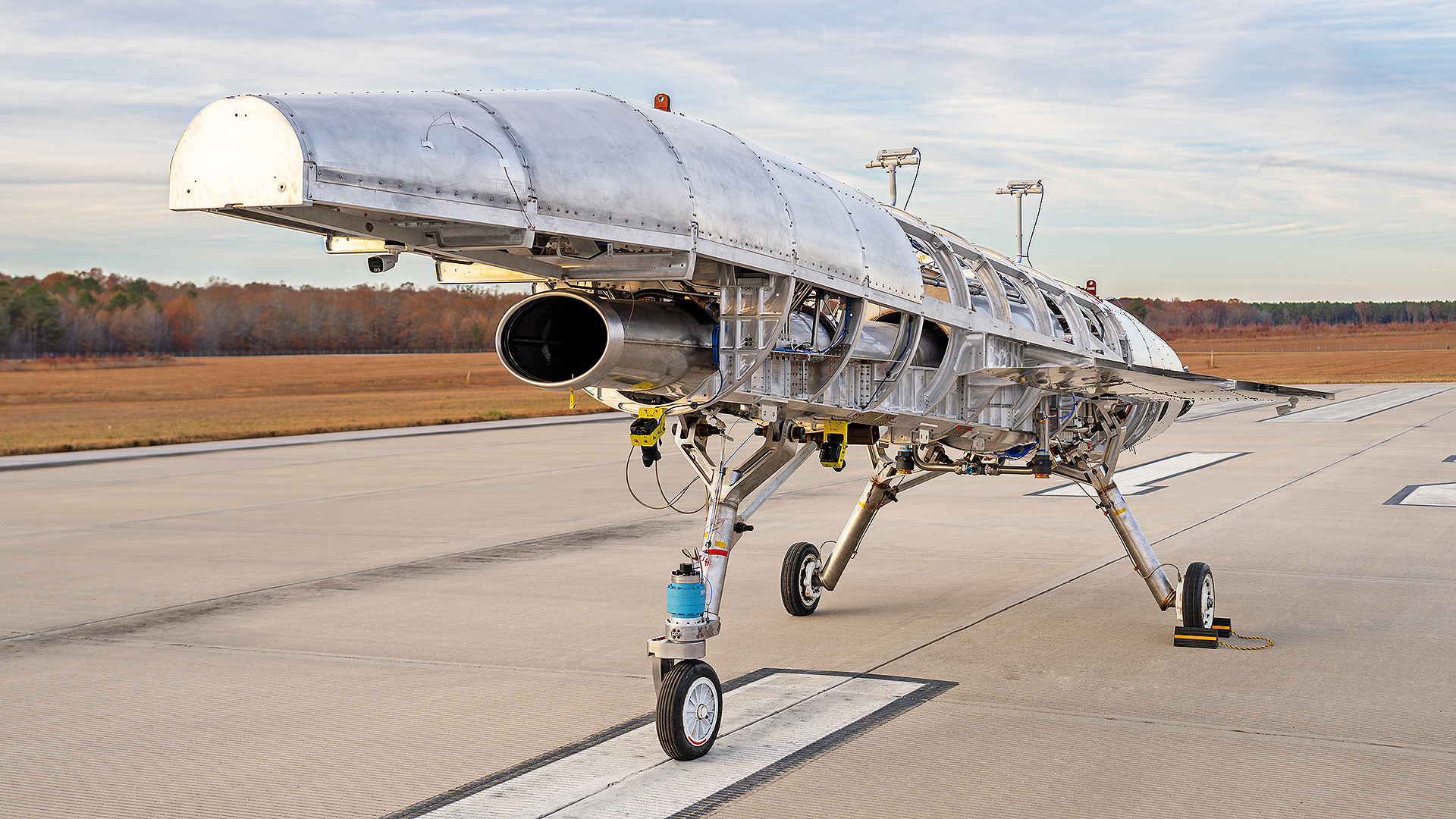Quarterhorse, the uncrewed hypersonic test aircraft project, from aviation startup Hermeus, has completed ground testing in its ‘dynamic iron bird’ form, a ground-based test rig used to prove various systems and their integration. The milestone comes as Hermeus works toward a planned first flight before the end of this year.
Hermeus announced today that it had finished test work involving its dynamic iron bird, also known as Quarterhorse Mk 0, which it describes as its “first fully integrated vehicle.” This non-flying prototype was used for “validating all major aircraft subsystems in a real-world environment.” An accompanying video shows different portions of the construction phase as well as the Mk 0 rolling down the runway during tests.

The Mk 0 is the first of four aircraft planned for the Quarterhorse program, which Hermeus says will eventually yield a vehicle capable of beating the SR-71’s absolute speed record for an air-breathing crewed aircraft — 2,193.2 miles per hour, achieved on July 28, 1976. Bearing in mind that the Quarterhorse is uncrewed, the idea of “beating” that longstanding record is not entirely accurate.

Beyond that, Hermeus aspires to have Quarterhorse reach hypersonic speeds — typically considered anything above Mach 5.
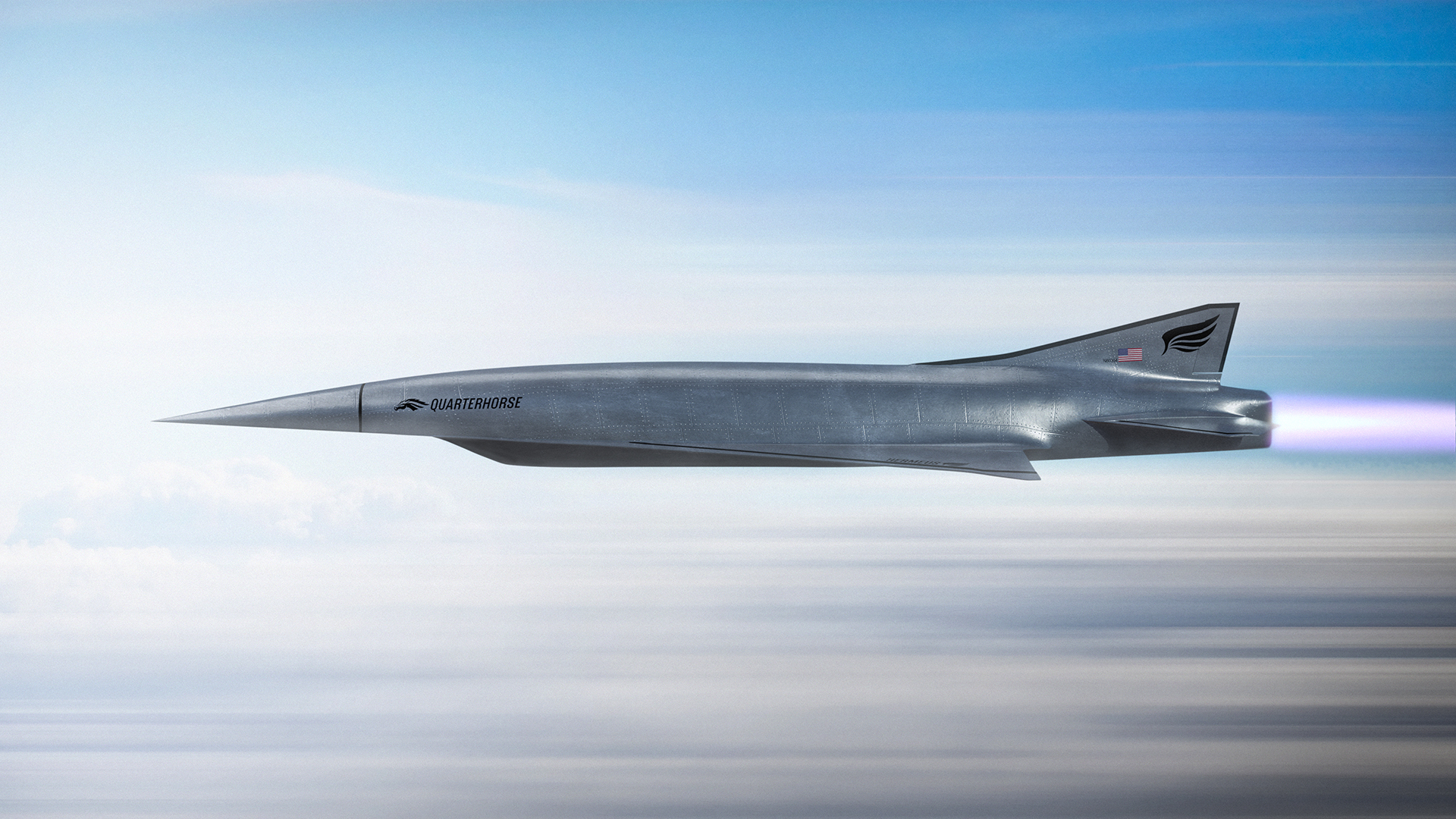
The company says it designed and built the Quarterhorse Mk 0 in just six months, and that all its test objectives were completed in 37 days of testing.
Among the objectives completed were:
- Demonstrating remote command and control taxiing
- Evaluating radio frequency (RF) latency and ground handling qualities of the integrated systems
- Demonstrating proper state of the vehicle and flight deck during lost link
- Demonstrating human factor evaluations and pilot-in-the-loop steering and controls
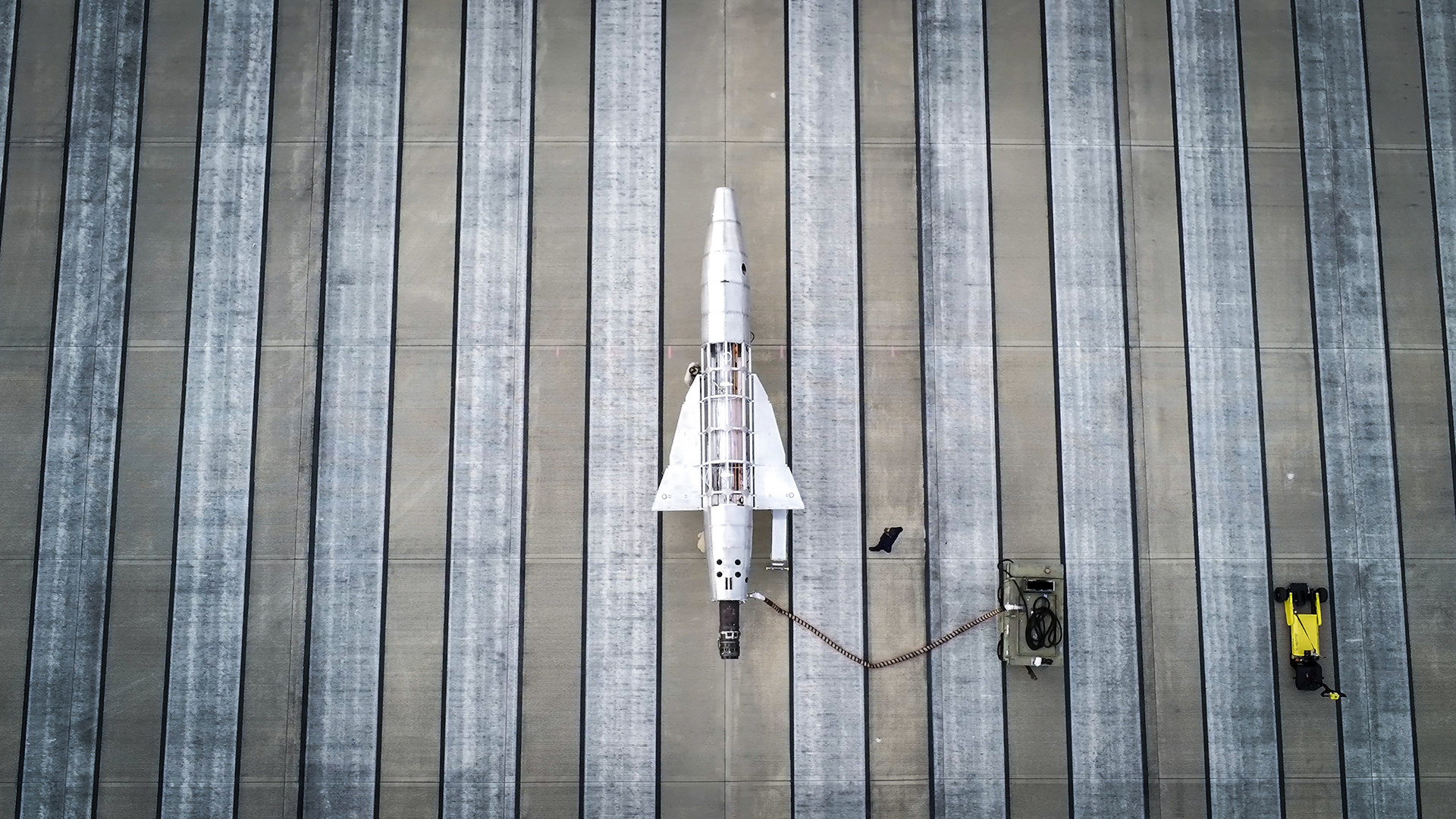
The testing took place at the Air Force’s Arnold Engineering Development Complex (AEDC) in Tullahoma, Tennessee. Hermeus chose to do the testing here since it allowed the team to “interface directly with Air Force range and regulatory authorities.”
“This was the first time our flight test team had an opportunity to work in a deployed test campaign with external stakeholders,” said Hermeus Vice President of Test, Don Kaderbek. “The more the team works together and establishes their battle rhythm, the smoother flight testing will go.”
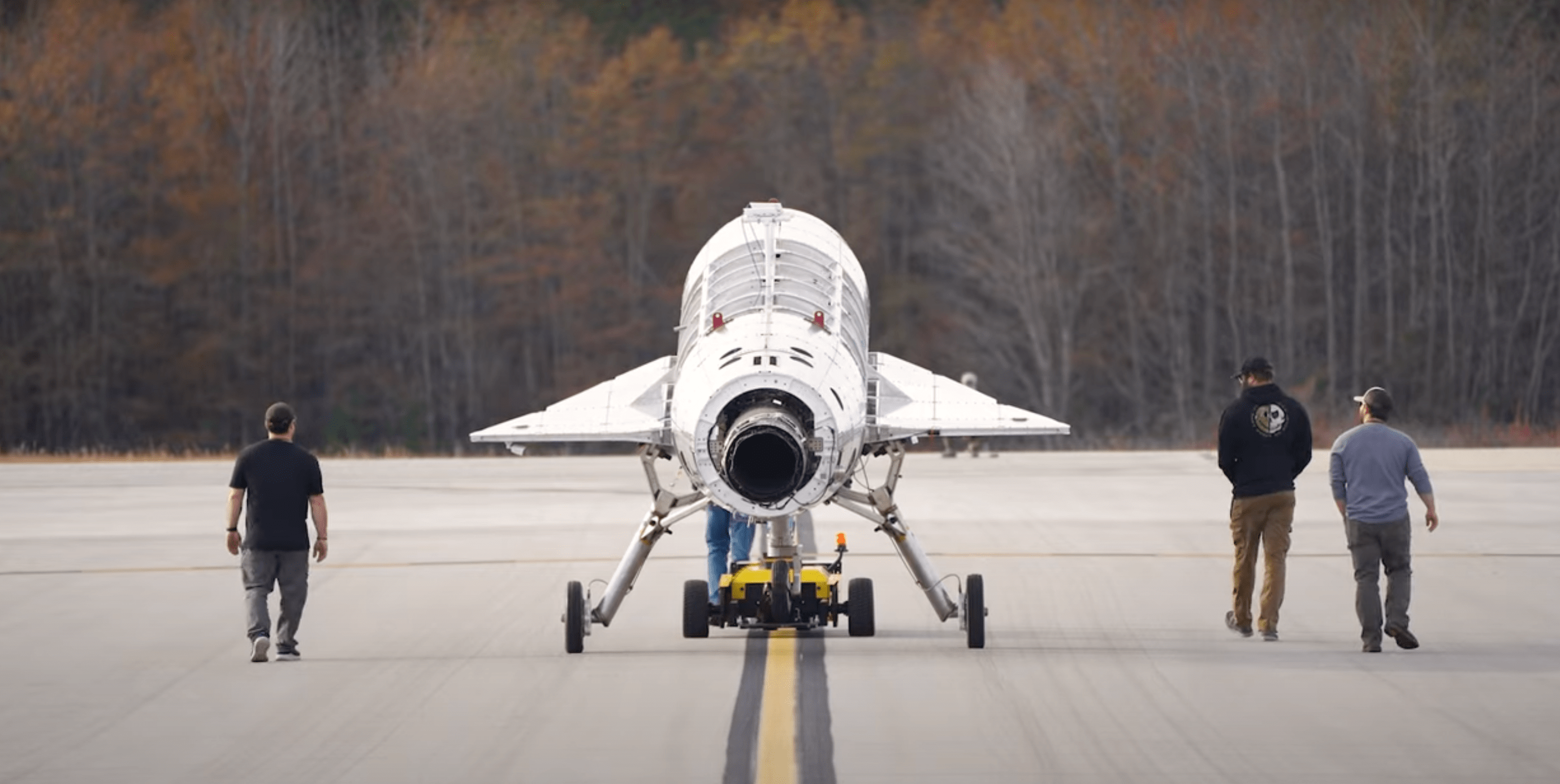
“Leveraging rapid and iterative design is how Hermeus will accelerate aircraft development on timelines that are relevant to our customers,” added Hermeus CEO and co-founder, AJ Piplica. “Test campaigns measured in days instead of months or years, represent the pace required to mature hypersonic technology and field transformative aircraft.”
The company plans to incrementally increase the complexity of the four aircraft as the program progresses. After Mk 0 comes the first flight vehicle, Quarterhorse Mk 1, now under construction and scheduled to fly in 2024.
The Mk 1 will be used for remote takeoff and landing trials and is not apparently planned to trial high-speed flight. This will be the domain of the subsequent Quarterhorse Mk 2, intended to reach supersonic speeds below Mach 3. Finally, Quarterhorse Mk 3 will hit speeds beyond Mach 3 and, as Hermeus states, “demonstrate turbojet-to-ramjet mode transition in flight and break the all-time airspeed record held by the SR-71.”
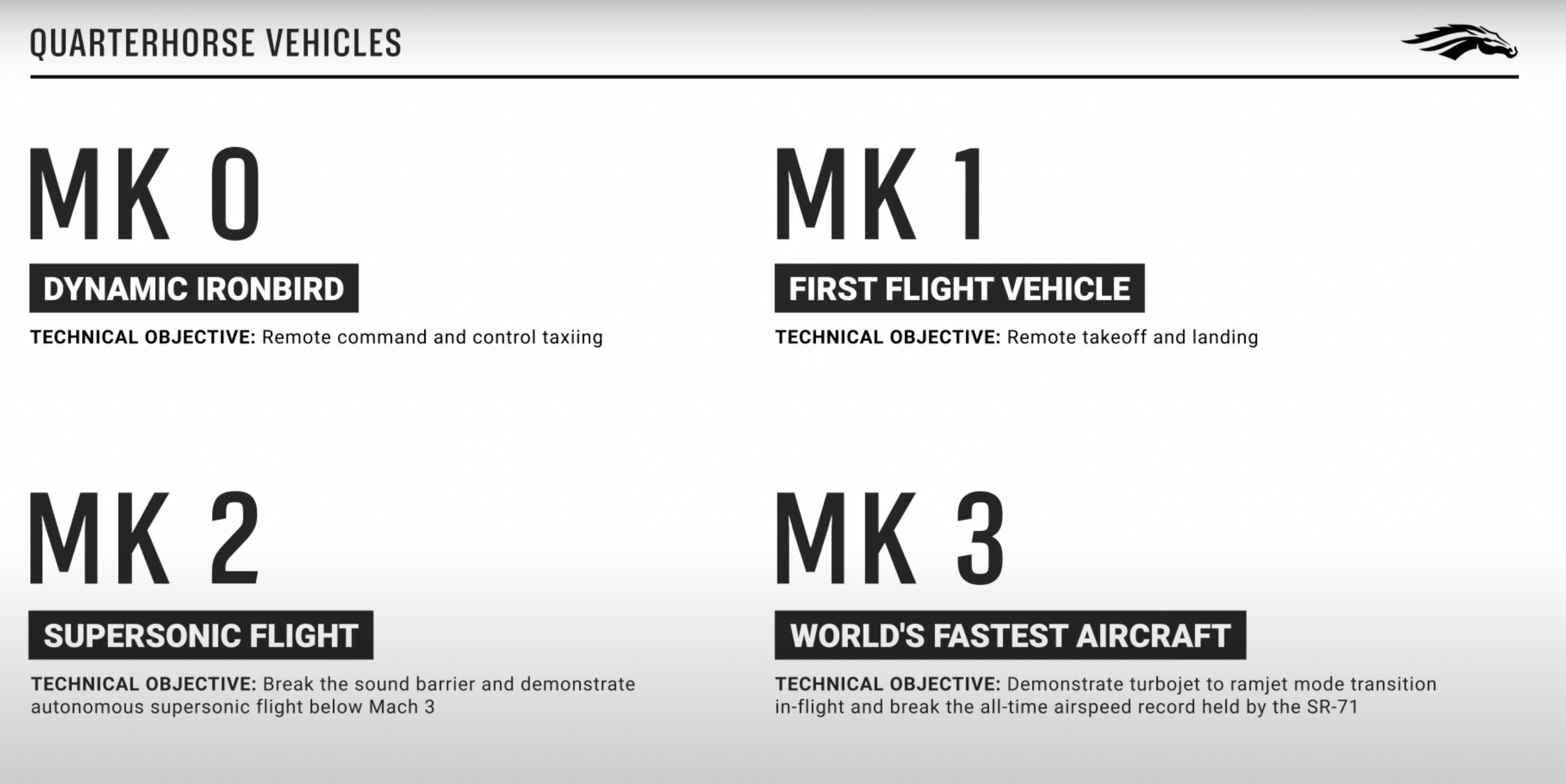
An aircraft billed as a prototype was previously rolled out in November 2021, as The War Zone reported at the time.
It remains not entirely clear if that prototype at least intended, at some point, for flight, although the latest wording suggests that the Mk 1 is still being built. The aircraft shown in November 2021 lacked a rudder, and there were no other obvious flight control surfaces. It also appeared to lack any sort of landing gear.
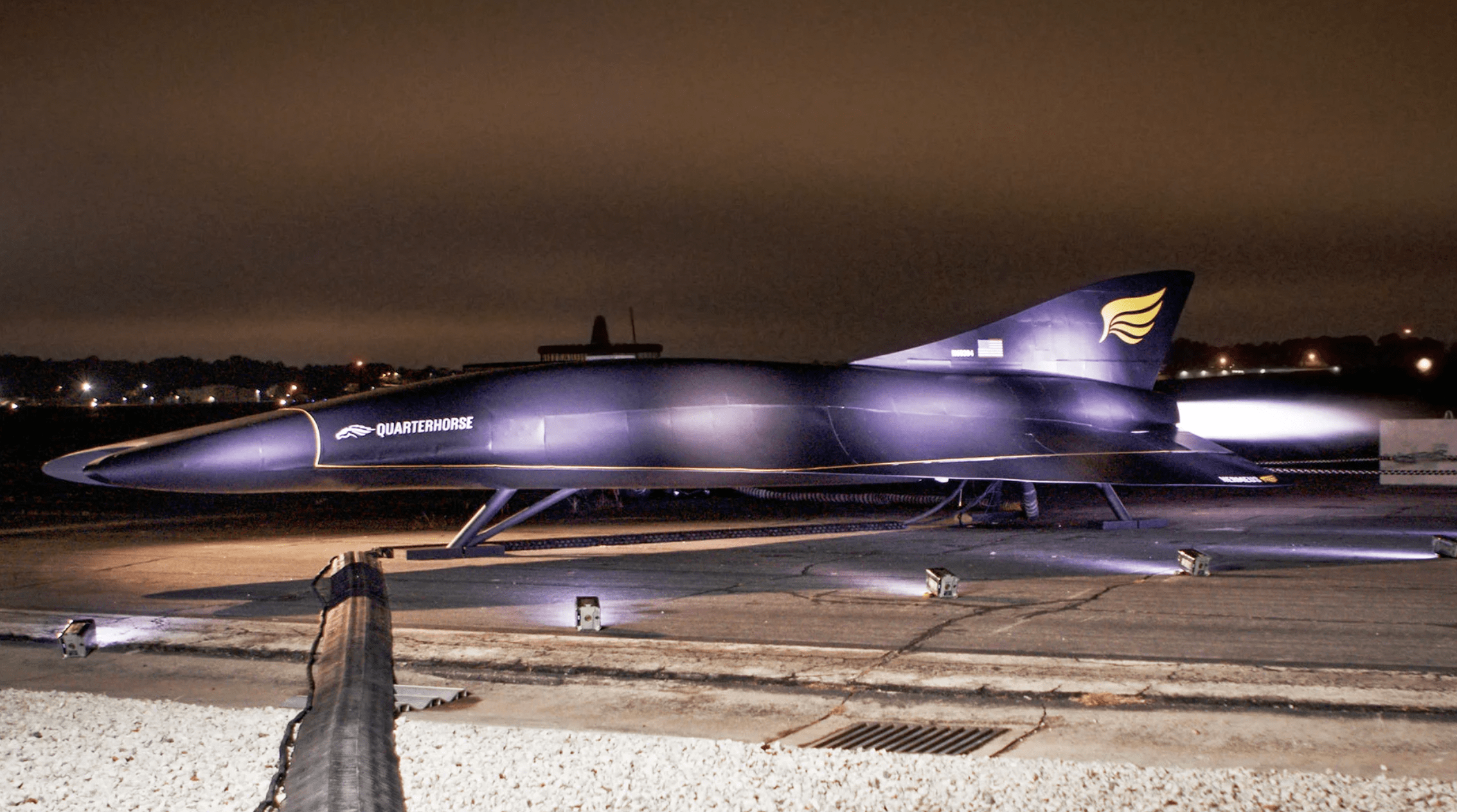
Nevertheless, the aircraft started its engine during the rollout ceremony and set it to full afterburner, as seen in the video embedded here.
This was, however, not the first time that Hermeus had conducted a ground test of the engine used by Quarterhorse, a so-called turbine-based combined cycle (TBCC) design. A TBCC engine combines a ramjet or scramjet — optimized for very high speeds — with a more traditional jet turbine, which can be used for takeoff, landing, and other lower-speed portions of flight. The conventional turbine portion of Hermeus’ TBCC is a General Electric J85 turbojet, as used in the Air Force’s T-38 Talon jet trainer, among others.
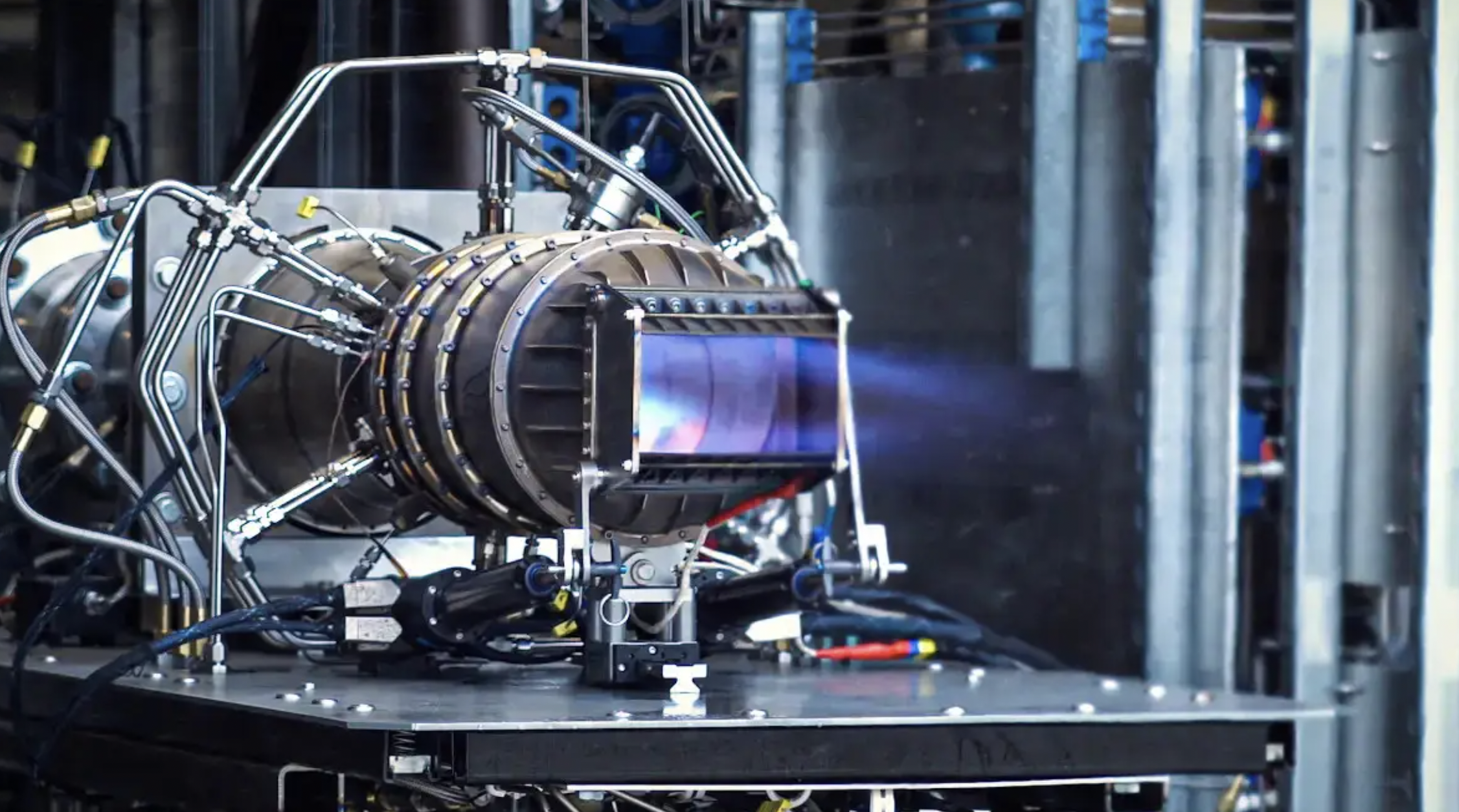
You can read more about the advantages that a TBCC powerplant brings to Quarterhorse in this previous story.
Having the Mk 0 test campaign run out of the AEDC is also no coincidence bearing in mind the involvement of the Air Force in the wider Quarterhorse program.
In August 2021 the company announced that it had secured some $60 million in funding from the Air Force and venture capital firms to support the Quarterhorse flight test program.

Ostensibly, the Air Force invested in Hermeus as part of a broader effort to explore potential future hypersonic and supersonic executive transport aircraft concepts. Clearly, however, there is potential for the various technologies involved to be used in other applications.
In the past, Hermeus has talked about the potential of leveraging its technologies for military missions including the transport of time-critical cargo and reconnaissance. In these cases, a “mid-size autonomous aircraft” would be planned, which would follow on from the current Quarterhorse project. Notably, the U.S. military has repeatedly looked at options for rapidly delivering military cargo around the globe, and there have been persistent references made to a potential future hypersonic and strike reconnaissance aircraft. Even acting as a testbed for hypersonic technologies or as a surrogate hypersonic target could be military-related missions for a reusable high-speed aircraft like Hermeus’ creation.
Aside from the military potential of designs like this, Hermeus has said that its Quarterhorse program is primarily aimed at commercial markets, with the promise of “the fastest reusable aircraft in the world.”
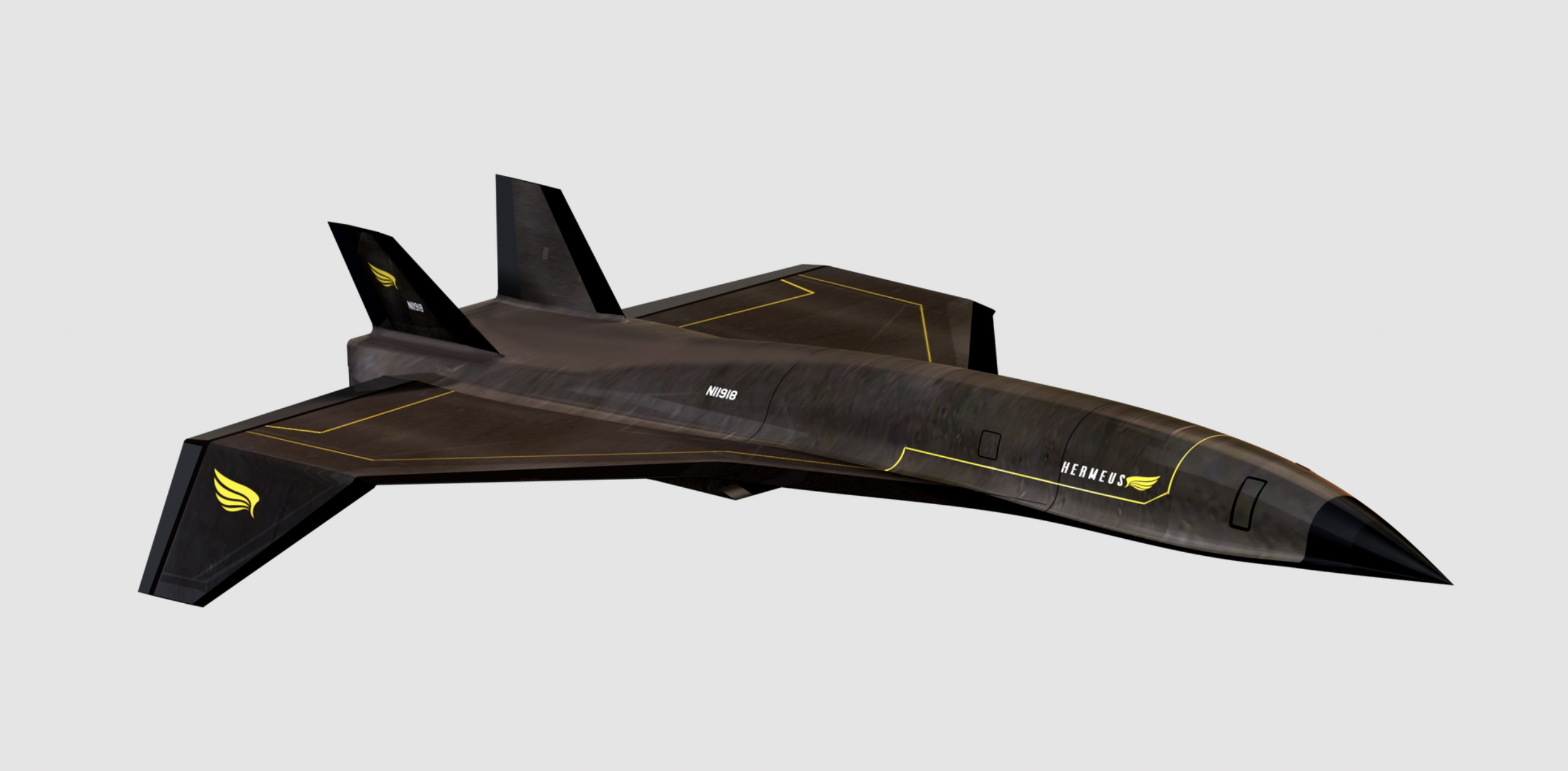
If Quarterhorse proves successful, Hermeus has said it hopes to embark on a larger passenger airliner of the kind that could whisk paying passengers across the Atlantic. This kind of ‘son of Concorde’ concept has been something of a holy grail ever since the retirement of that classic design. So far, however, it has failed to yield any practical hardware.
Obviously, there are significant challenges ahead, but it will be fascinating to see whether Hermeus manages to buck that trend. If it does, and if it eventually fields a reusable hypersonic aircraft, the U.S. military will certainly be paying very close attention.
Contact the author: thomas@thedrive.com
